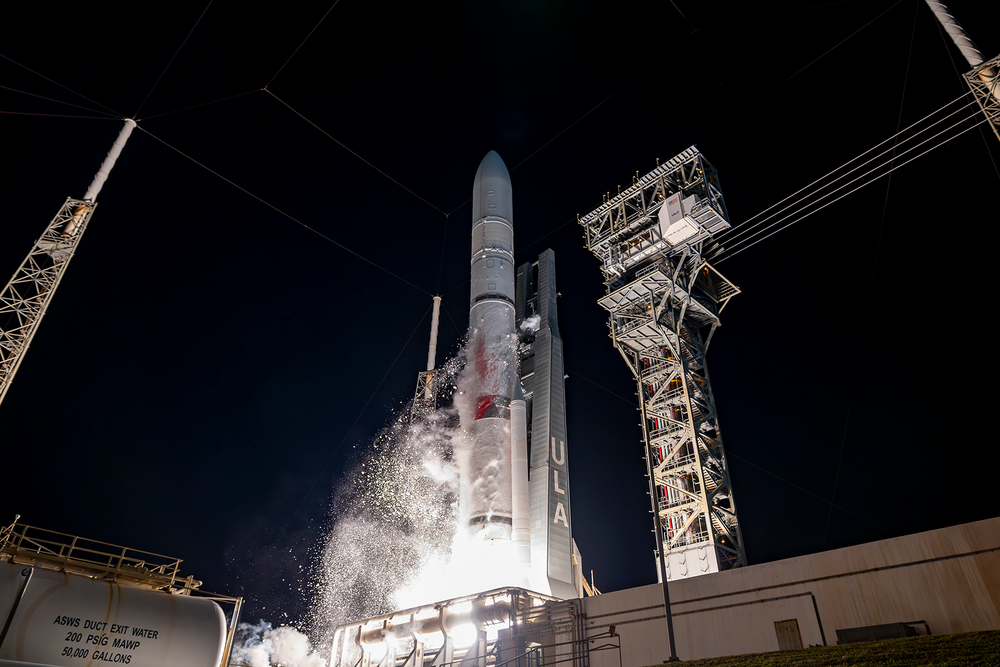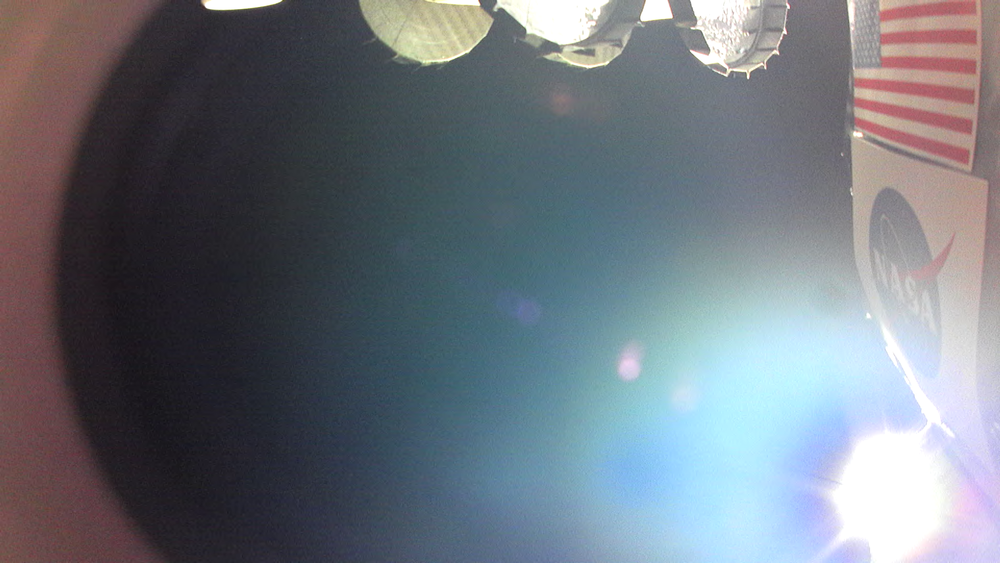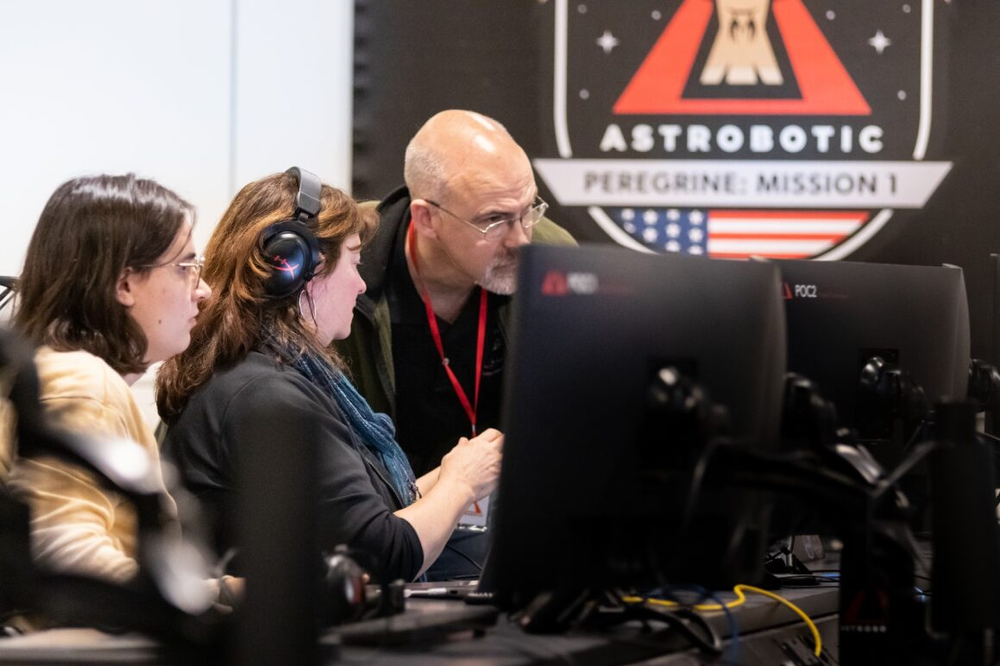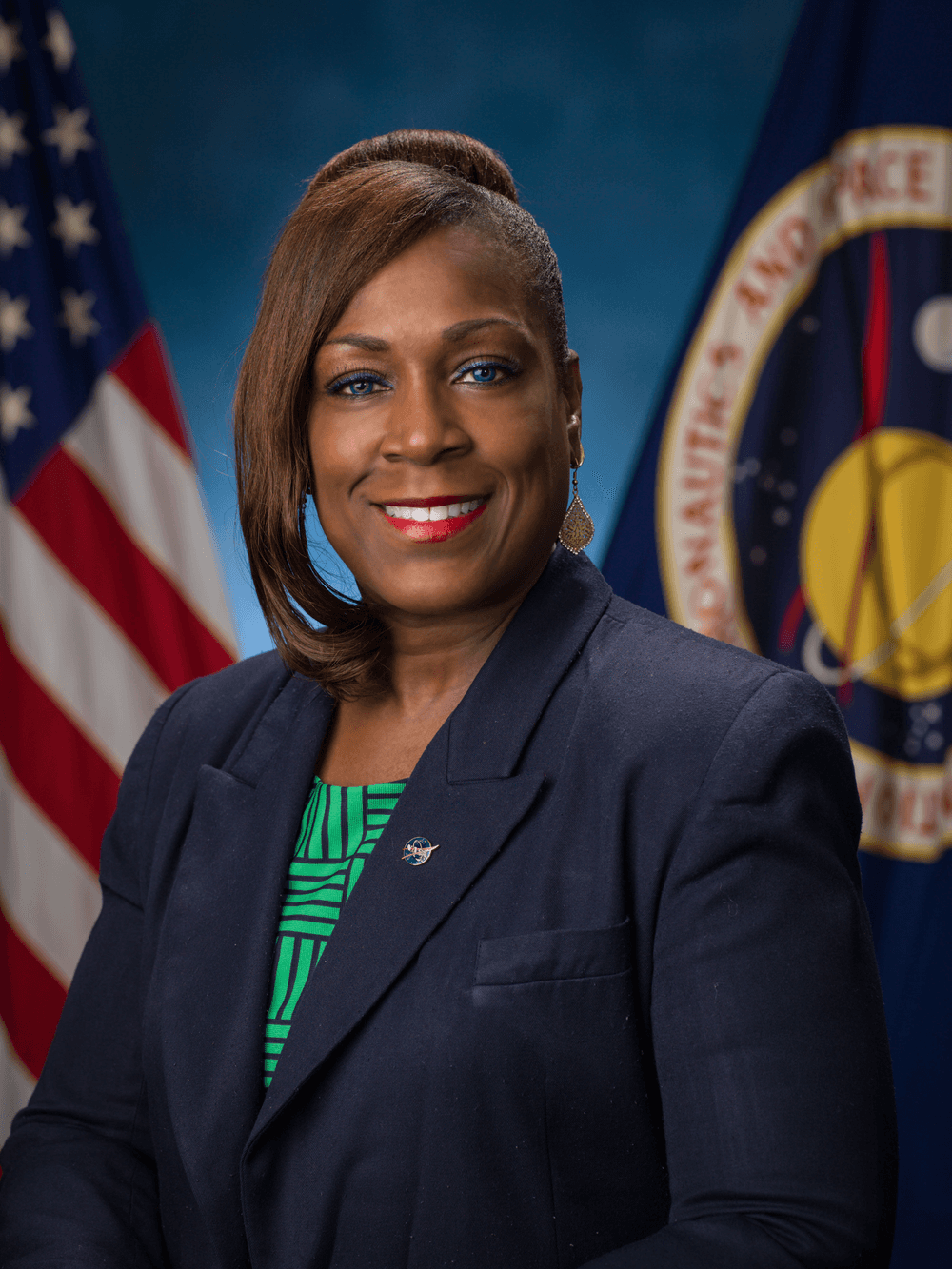NASA Science Collected on First Artemis Robotic Mission
NASA is working with U.S. companies on long-term plans to deliver science and technology instruments to the Moon to advance its capabilities as part of the CLPS (Commercial Lunar Payload Services) initiative. On Jan. 8, 2024, United Launch Alliance (ULA) successfully launched its Vulcan rocket and Astrobotic’s Peregrine lunar lander becoming the first U.S. commercial lander to launch on a mission to the Moon.

The first CLPS flight, Astrobotic’s Peregrine Mission One (PM-1), has come to an end after Peregrine experienced a propulsion leak shortly after launch. Astrobotic’s Peregrine lunar lander made a safe re-entry into Earth’s atmosphere on Thursday, Jan. 18. NASA scientists are eager to analyze data collected and look at lessons learned to advance science, exploration, and commercial development of the Moon.

As Astrobotic’s mission evolved due to the loss of propellant, NASA and Astrobotic adopted and began collecting scientific data as PM-1 was in cislunar space. Four of the five NASA payloads aboard the lander effectively collected data, although interpreting the results will require some time. Preliminary data suggests the instruments have measured natural radiation and chemical compounds in the area around the lander. PM-1 gathered information to help answer fundamental questions about the interplanetary environment and develop strategies to reduce radiation risks for future human spaceflight missions.
***
NASA’s CLPS initiative aims to enable new avenues of completing high-value and high-priority scientific investigations, technology demonstrations, and exploration while expanding the lunar economy and building a marketplace on the Moon. This innovative approach will help further establish American leadership in the commercial space industry, and the data gathered will help NASA prepare for crewed Artemis missions and provide experience, technical knowledge, and scientific data to future CLPS lunar deliveries.
NASA is committed to supporting its U.S. commercial vendors as they navigate the challenges of sending science and technology to the surface of the Moon. Effective collaboration and communication among scientists, vendors, and payload teams are crucial for the success of the CLPS initiative.

Dr. Regina Blue is one of two deputies who ensures that CLPS has the necessary planning and resources to transport payloads to the lunar surface. Serving as the CLPS programmatic deputy manager and the contracting officer representative, she oversees risk management and ensures that contracts align with NASA's requirements for executing the missions. Looking ahead to the future of space exploration, she envisions a thriving lunar economy.
“These missions are game-changing,” said Blue. “CLPS opens the door to explore and learn more in a shorter timeframe than previous missions.”

Dr. Paul Niles is the project scientist for PM-1 and a planetary scientist within the Astromaterials Research and Exploration Science (ARES) division at Johnson. He has worked on both the Phoenix Mars mission in 2007 and the Mars Science Laboratory mission from 2012 to 2014. “The Commercial Lunar Payload Services initiative will answer questions to help us reach a sustainable presence on the Moon,” said Niles. He oversees the integration of NASA payloads and operations for the Astrobotic mission. Niles ensures the safe return of data, which is then archived in NASA’s Planetary Data System and made available for the broader scientific community.
“In the CLPS paradigm, we learn lessons and move on from it knowing we have a much better chance of succeeding in the future,” said Niles.
NASA is pursuing a fresh approach to lunar exploration by increasing delivery frequency, thereby creating a broader diversity of instruments and involvement of subject matter experts. There are other CLPS flights targeting 2024 launches, including Intuitive Machines first mission, IM-1, carrying six NASA payloads and Astrobotic’s Griffin mission carrying the Volatiles Investigating Polar Exploration Rover, or VIPER, that will explore the Moon in search of ice and other potential resources.









